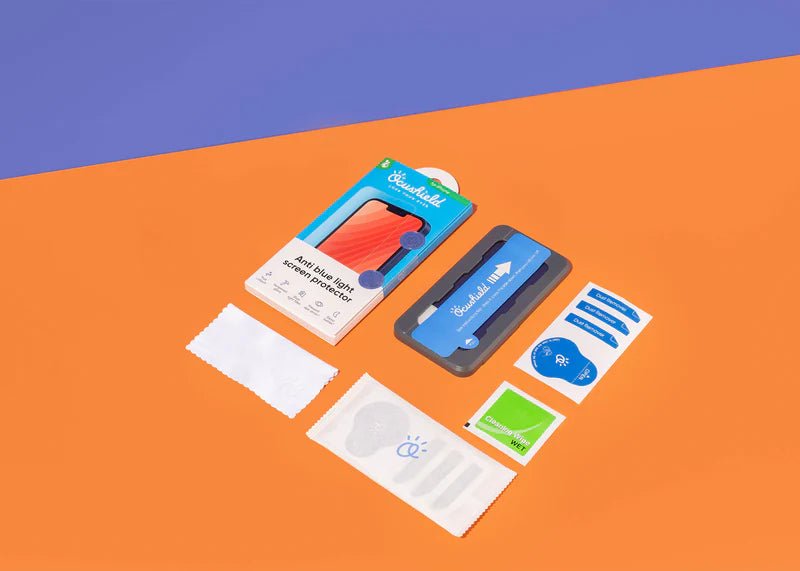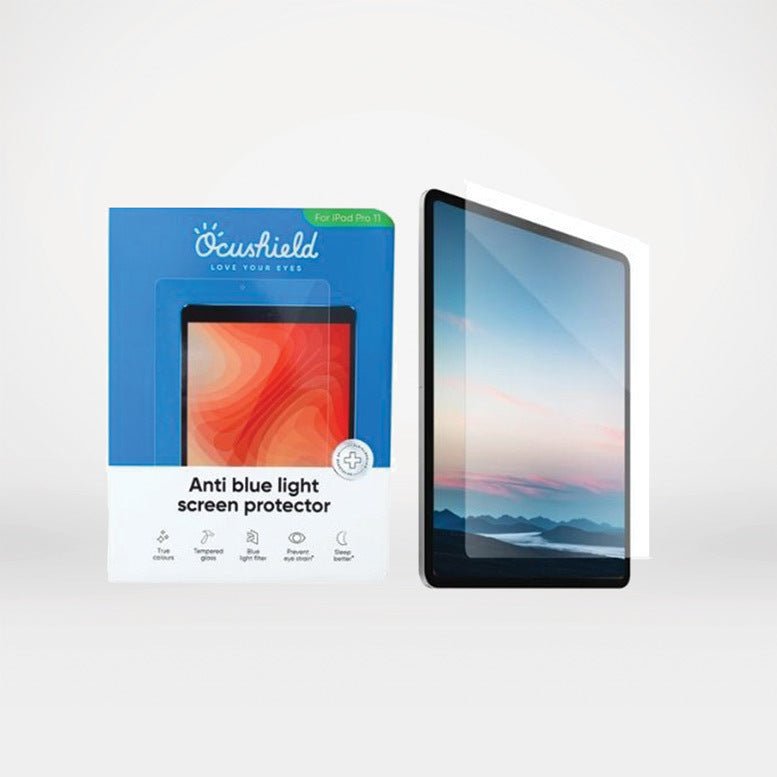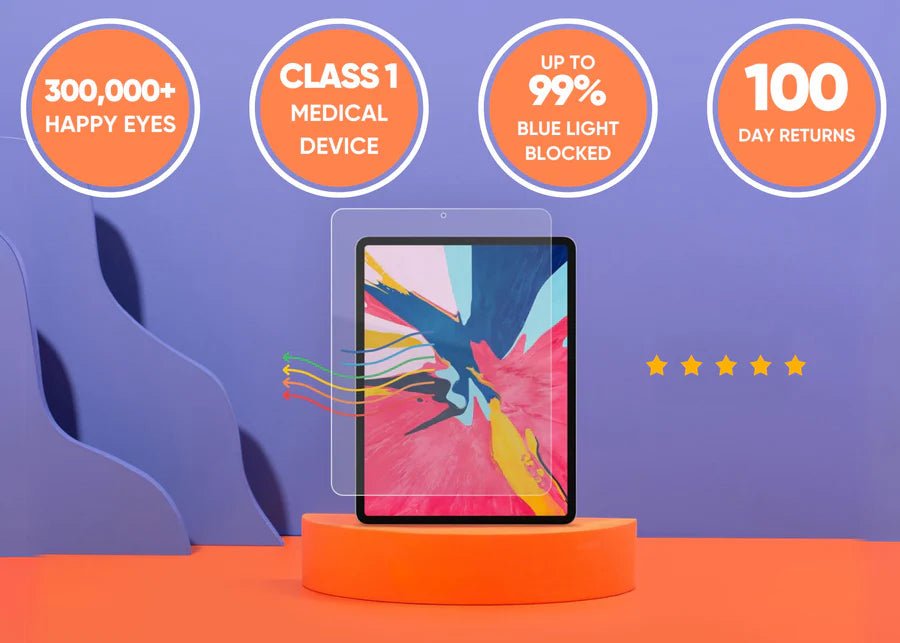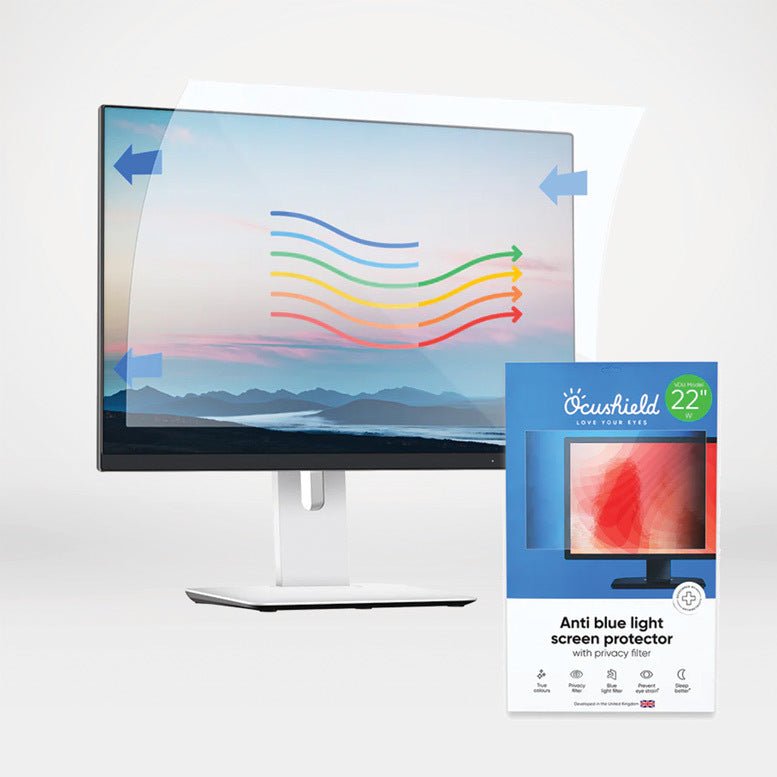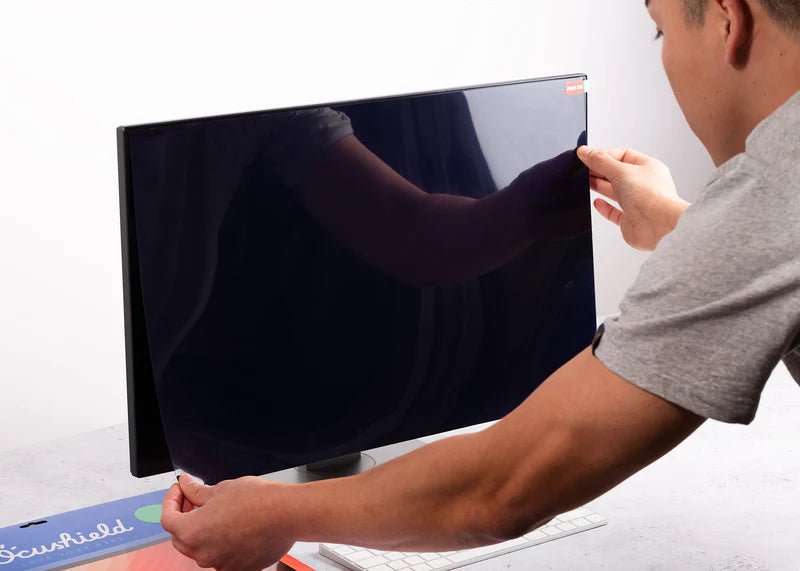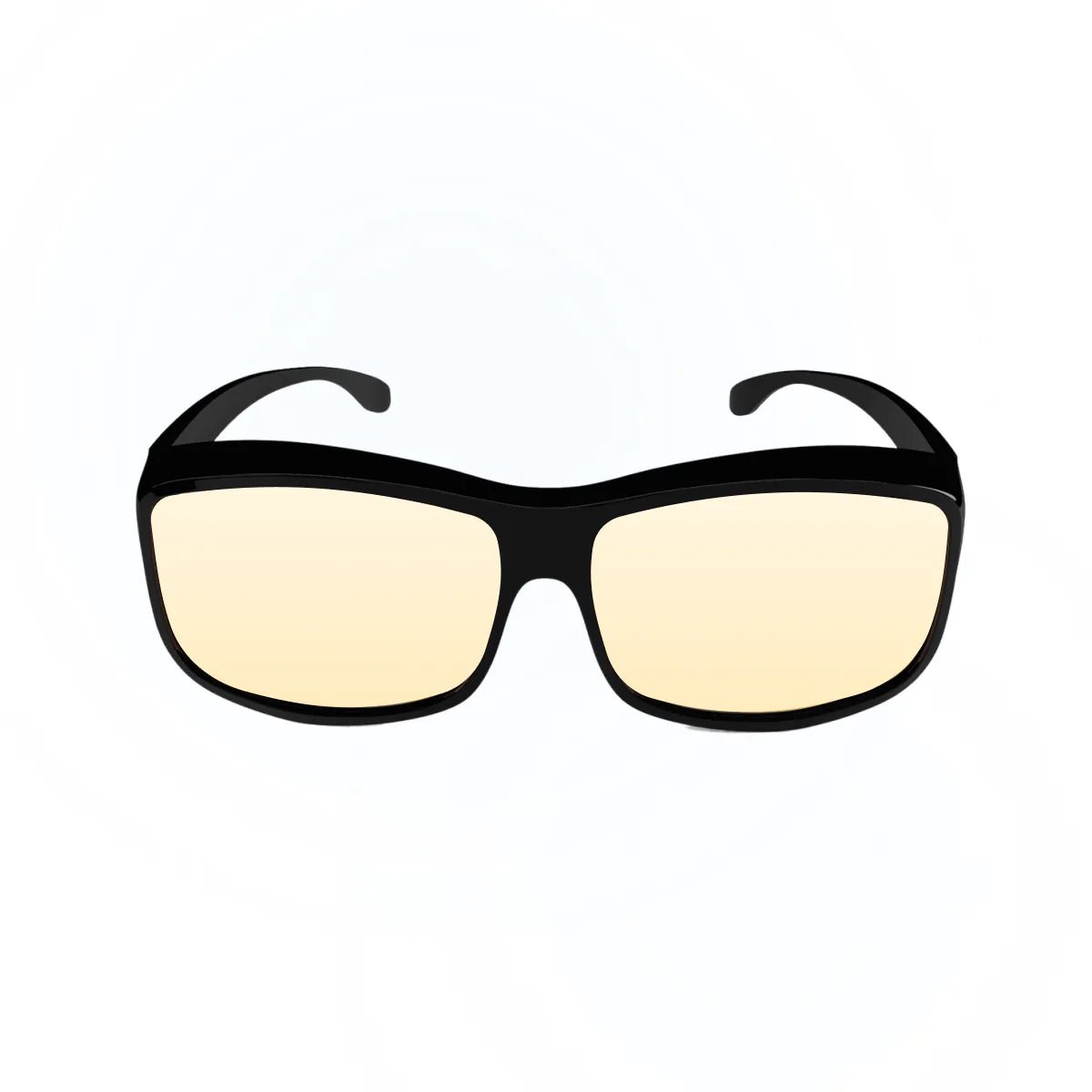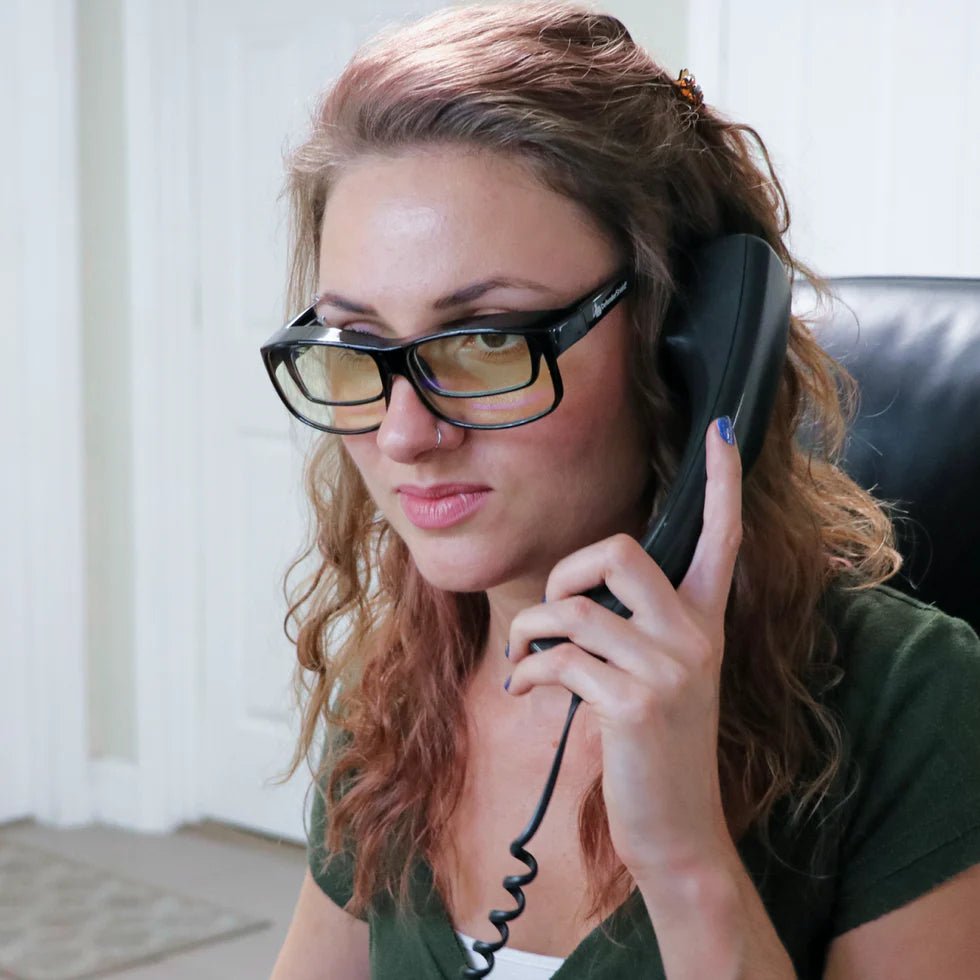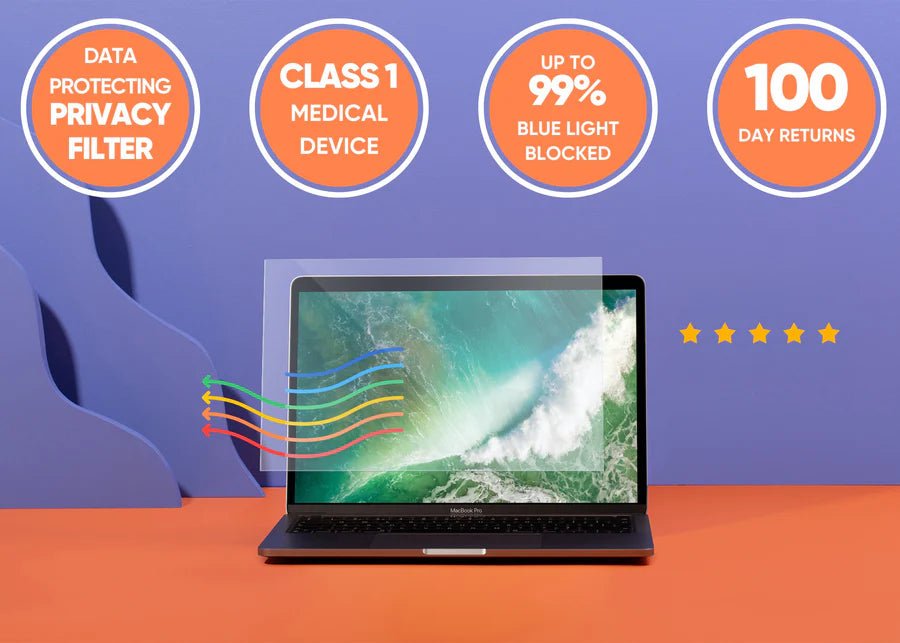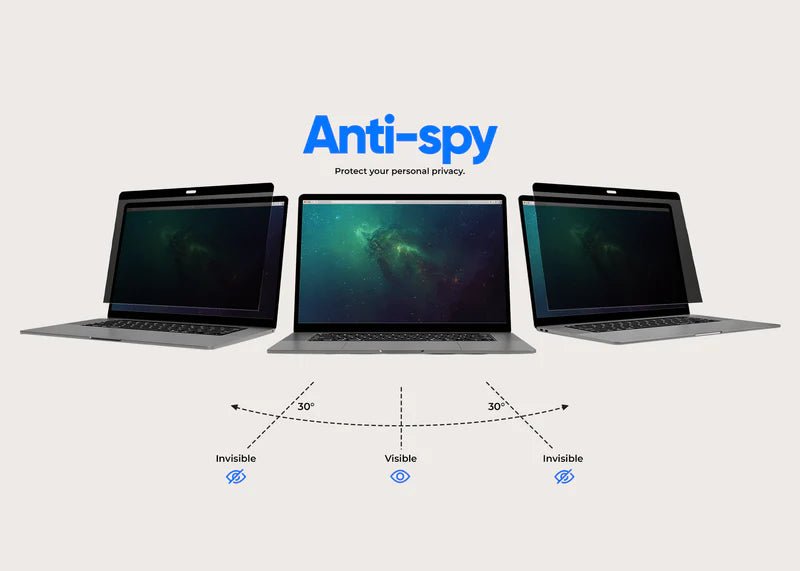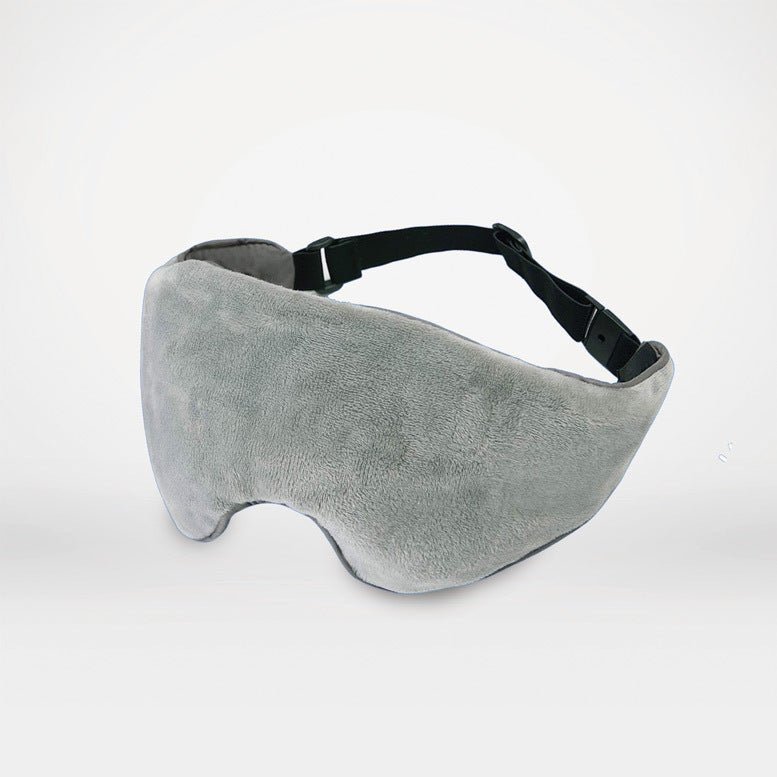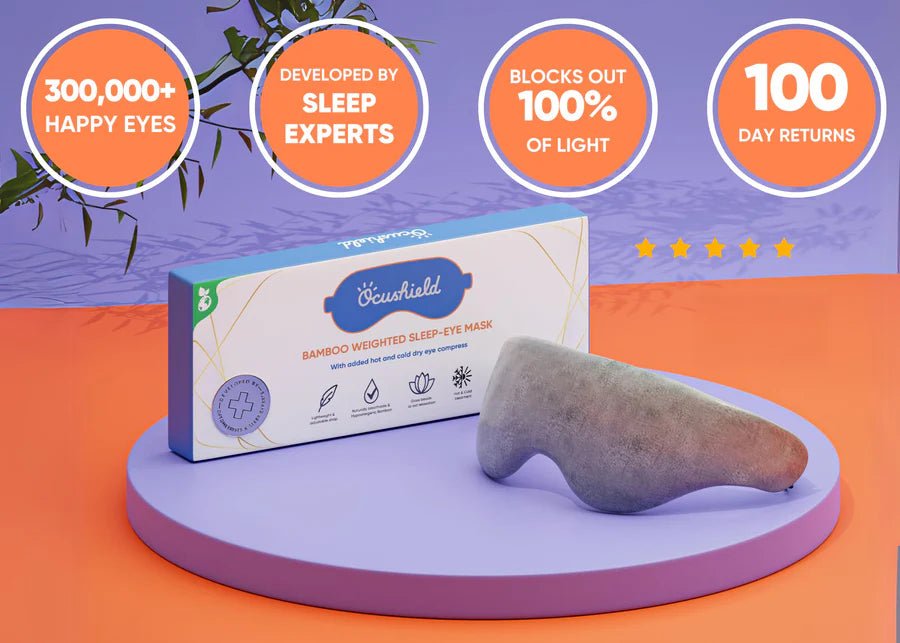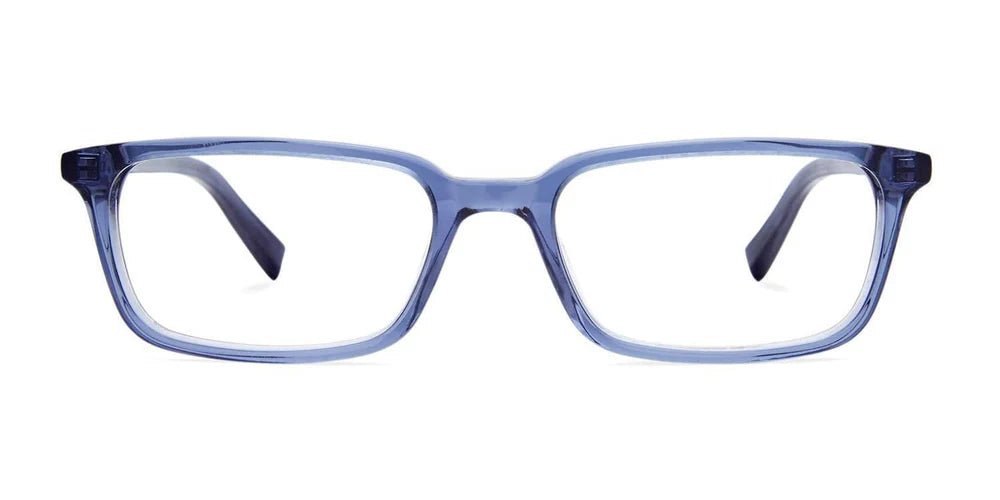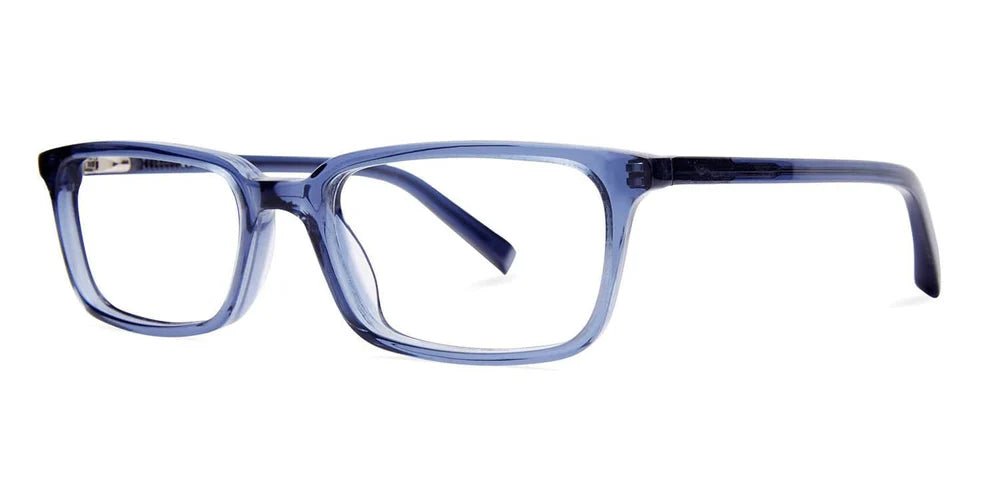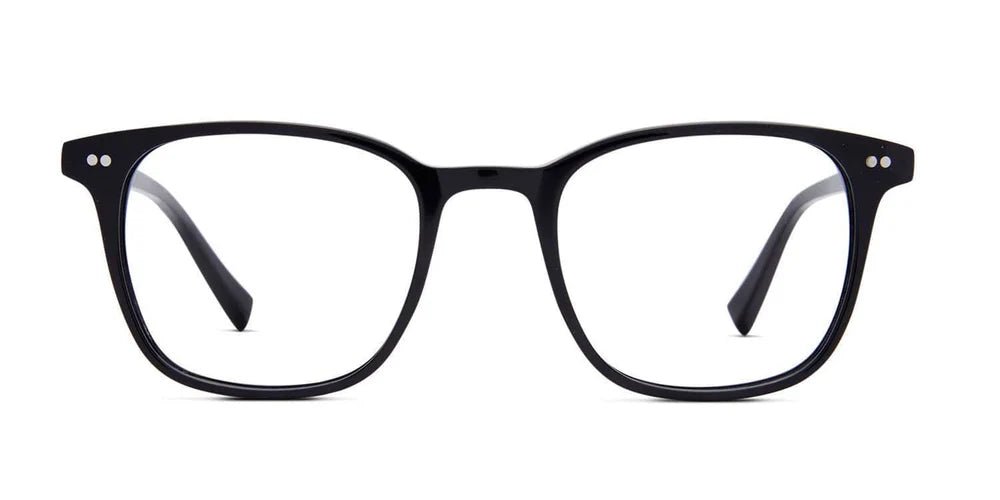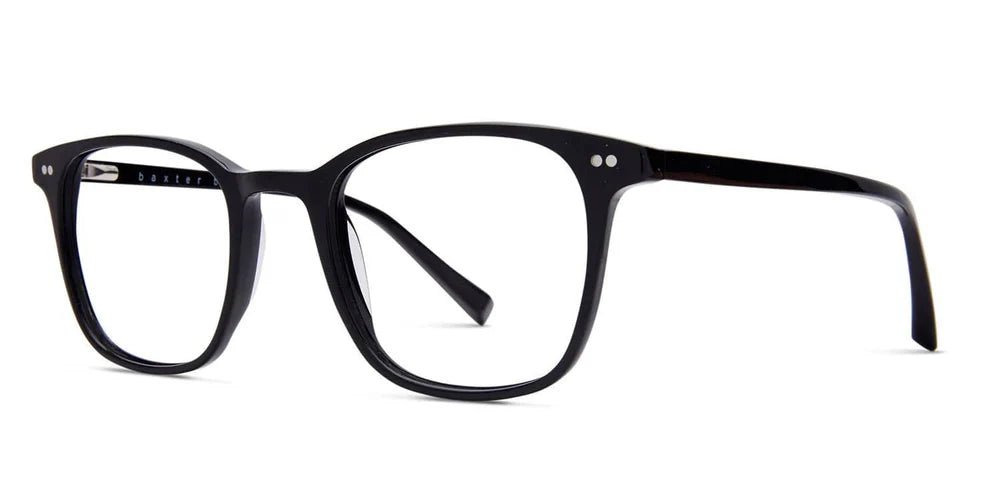What is Blue Light and Why Protect Against It
Blue light is a type of visible light within the electromagnetic spectrum, with wavelengths between 380 and 500 nanometres (nm). It is the highest-energy light we can see with the naked eye. Unlike the longer, gentler wavelengths of red or amber light, blue light has a short wavelength and therefore carries more energy per photon.
In nature, blue light is not harmful—it is essential. It’s abundant in sunlight and plays an important role in regulating our circadian rhythm, or sleep-wake cycle. Exposure to natural blue light during the day tells our body it’s time to be alert and awake, boosting mood and focus. The challenge is not blue light itself, but rather the way modern technology has changed our exposure to it.

The Modern Problem
Today, most of us spend hours each day under artificial light sources - LEDs, fluorescent bulbs, smartphones, tablets, and computer screens. These devices emit concentrated amounts of high-energy blue light, often at times of day when our biology isn’t designed to receive it.
Unlike the balanced spectrum of sunlight, which includes red, orange, and infrared light to buffer blue’s intensity, artificial lighting exposes us to isolated blue wavelengths. The problem is most noticeable at night, when evening screen use tricks the brain into thinking it’s still daytime.
What Science Tells Us
Research has shown that excessive or mistimed exposure to blue light can:
-
Suppress melatonin production: Blue light delays the release of melatonin, the hormone that signals it’s time for sleep, leading to difficulty falling or staying asleep.
-
Disrupt circadian rhythms: Constant exposure, especially after sunset, confuses the body’s internal clock and can contribute to long-term sleep imbalance.
-
Increase digital eye strain: Staring at blue-light-heavy screens for long periods can cause tired, dry, or irritated eyes, as well as headaches and blurred vision.
-
Contribute to oxidative stress in the retina: Emerging evidence suggests that high-energy blue light may, over time, increase stress on retinal cells, which play a key role in vision.
Why Protection Matters
Protecting yourself from excessive blue light exposure doesn’t mean avoiding it completely. Daytime exposure, especially from sunlight, is healthy and helps keep us alert. But in the evening, or during extended screen use, reducing blue light is a way of aligning technology with our biology.
Simple changes like wearing blue light blocking glasses, using screen filters, or switching to amber or red light at night can make a profound difference. By reducing blue light at the right times, we support natural melatonin release, healthier sleep cycles, and reduced strain on our eyes.
In Summary
Blue light is part of the natural spectrum of light, and in balance with other wavelengths, it helps regulate our energy, mood, and sleep. The issue arises from modern overexposure, especially in the evening, when artificial sources flood us with isolated, high-energy blue light our bodies are not designed to handle.
By understanding the science and taking simple steps to reduce exposure, we can protect our sleep, safeguard our vision, and bring light back into harmony with our natural rhythms.


